The technique of gilding items, it seems to many expensive and time consuming. At the same time, the gilding with gravestone gold - the finests (from 0.13 to 0.6 MK) sheets of gold is quite accessible, even at home. But the gravestone gold is expensive, to use it for hobby projects and even more so to study the technique of gilding inexpedient. To do this, it will be quite good for Paltal - an inexpensive imitator of gravestone gold. Products, gold-plated, they look almost the same as covered with real gravestone gold - spectacular and rich. Below you can familiarize yourself with the main features of working with Pottia.
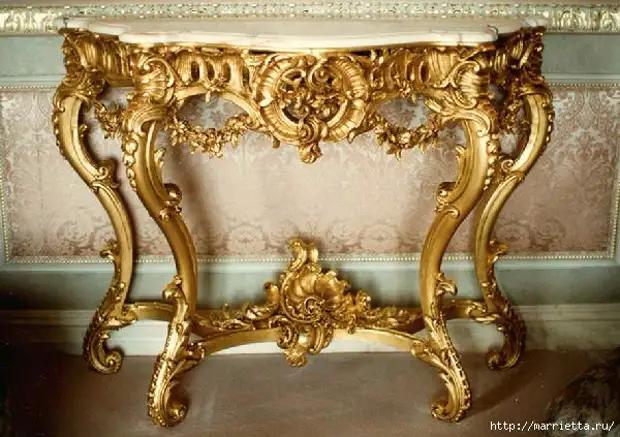
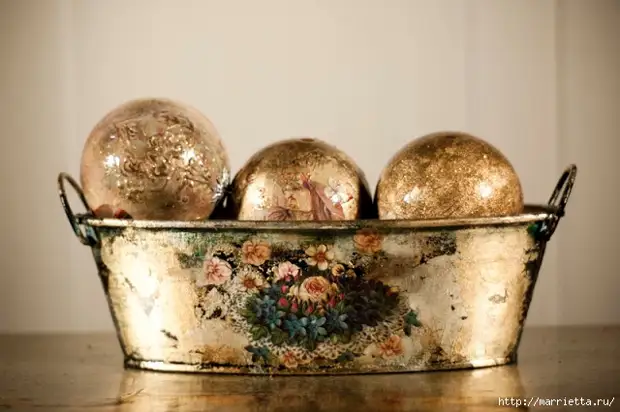
For the initial study of gilding, you will need to buy: special glue, shellac (protective lacquer with gilding), brush for glue, column brush, lampnecé (special brush) and, in fact, Paluth itself.
It is necessary to work with Pattolia in non-wing rooms, without drafts. General technique of gilding consists of four main stages:
1. Preparation of the surface. To obtain a flat gilding, the surface must be cleaned from dirt and rust, where it is necessary, primed (especially this is relevant for wood and metal). Glass, plastic, chrome-plated or nickel-plated metal in most cases are not necessary to primitive, it is enough to clean them from dirt and degrease the surface.
2. Applying glue. We consider adhesive (polymentative) gilding, in which the glossy (brilliant) coating is obtained. There is also oily gilding (with special varnishes - Levkas, Mordan, Mikstyna). It is somewhat simpler, but the coating is obtained by matte. The applied glue must be set aside during the time specified in the instructions. There are also special adhesive pencils, more comfortable for some creative projects.
3. Drawing sweat. The desired shape of the sweat is cut on the cushion for gilding with a special gilt knife. The branded giltboard tools are quite expensive, so you can use a piece of suede for the pad. The knife can be used both table, but it is desirable that it is wide and flexible. A special brush is transferred to the surface of the sheet (LAMPENZEL), which is pre-electrovating it, and then, spending on hand, lubricated vaseline; Diligently and very carefully leaf smoothes a column brush, slightly tapping the hair with a brush or cotton swab over the surface, and is left to dry. In some cases (for example, when the metal is gilded), the gold is pressed, then placed the wool with a tampon. Palopa is definitely applied.
4. Processing a gilded surface. Plotley sheets stick not evenly, and not tight. First, the defects of gilding (spaces) are covered with residues sweat. The leaf after applying and complete drying (the drying time depends on the applied base, as a rule, after 2-3 hours, but it also happens 12 hours) polished with pimples, buzzing, agate (or silicon) teeth so that the sheet is exactly attached to the surface. Start polishing from the corner, spend on the surface with straight strokes, after each passage the surface of gold becomes more glossy. The surface is polished to a complete homogeneity - the joints of the sheets are thoroughly smoothed, the seams should not be visible. It is generally accepted by a protective layer. Schellac or Rassenlak is performed this function.
In addition to the main, golden, Palf is silver, copper, bronze. Paltal is sold by sheets and books. Sheets are cheaper, but usually these are 100 sheets.
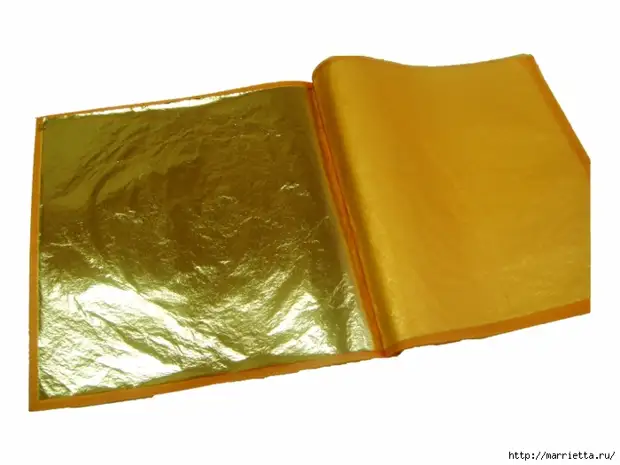
The most convenient option is 25 sheets in books. In the books, Potoli is free - each sheet was sweaty was laid by thin parchment paper - and transfer: each leaf pressure is placed on white silk paper. It is easier to work with transfer, for beginners is the most successful choice. The sheet is taken along with the paper (you do not need a lamp-lamp) and can be cut with scissors. Finally, it is transferred with paper to the object. After that, you can remove silk paper, and the gilding is completed.
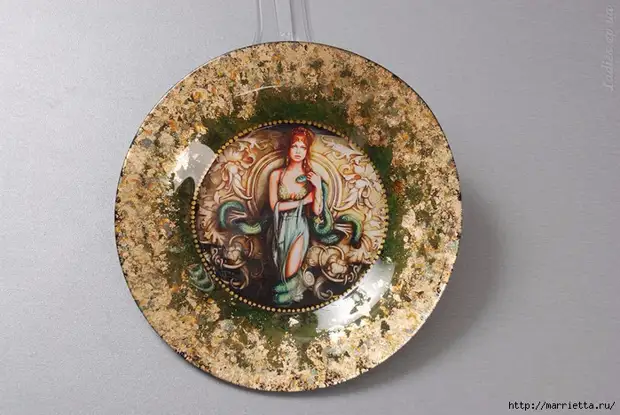
Features of working with Pattya
Palk is a very thin foil imitating tin gold, silver, as well as other metals and their oxides.
Recently, I ask me a lot of questions about the features of working with Pottia, so I decided to share my experience.
First, in a room where there should be no drafts, running children and other, nervously defilizing households! Also behind your breath - I breathe exactly, trying not to cough and do not sneeze! Otherwise, everything will fly away!
If you have to cover large surfaces, the sheets swept removed on the workpiece right from the book. At first it seems that the whole bidded bought by us will be spoiled, because she flies somewhat all the time, but only does not get there, where it is necessary ... the main thing is gentle! Ultimately, even if she is lying with folds on glue, it can always be tentate it with a finger!
If we stick to the Pattolia small surfaces, then it should be cut it first. Recommend to cut and potal, and tin gold on special pads, coated with fur or suede. But I do not bother. From the book, I spread the sheets swept into some fat magazine, a sheet from a sheet put in 10-15 pages. I cut right on the open page. The remaining pieces of pieces left there for later use. Only the sheets of the magazine should not be nullified, otherwise it will adhere to them !!! They must be a type of newspaper, not very good quality. Someone cuts a knife, sharpened on both sides, someone scalpel, I use the quality blade.
To move the pieces of swept into the right place, you can make a brush, which is called a lamp meter, which is done like this: Belichy brushes are decent sized fan-formingly and paste between two small cartons. When the glue dries, the fans will be kept in them, as in a short, cardboard cutlery. For greater convenience in work, it is done in a wooden stalk, a length and thickness with a regular pencil. Thus, the lamp console has a kind of a born with a fan from the squirrel hair. Dry hair legs (lamp console) will not take the potal, it sticks to oily surfaces. Before working the paw, the top of the brush left hand is slightly lubricated with creamy oil, and, holding a leg with his right hand, from time to time easily spend it on the oily brush of the left hand, telling these paws with the ability to grab gold and transfer it to the right place. Hands with this work should be absolutely clean. For laptops, some are recommended to use in the same way a piece of elastic paper, grated paraffin. I do this: I spend my paw in your hair, the foot is slightly lubricated and is electrified!
Now about what glue!
About different proprietary varnishes that are sold in the shops of the artist and other special stores, I will not tell, because Infa in the internet about them abound! Personally, it's expensive for me! Therefore, I'll tell you what I glue. Some recipes are taken from the ancient sources and stories of my teachers.
- Garlic tincture. Take a small head of garlic, cutting it finely or pushed. We pour about a hundred grams of the most inexpensive brandy and insist about a week (if non-passage, it is enough for 3 days) in a dark place at room temperature. We press through the rag and you can work. Someone shakes just cut garlic slice, but if the surface is not very smooth, then garlic particles can be clogged into the pores, thereby spoiling a job! But if for any reason you have no paint somewhere (rolls), garlic slices will even help himself! Lubricate the surface and paint perfectly perfectly. The smell of garlic tincture should not be afraid. Watering quickly.
- Assist - so in iconopisses is a composition used for gold. I use it and swept for gluing. Just getting to him. It is preparing from beer, better dark, which is poured into the dishes and languishes on a hot plate to the state of thick adhesive mass, or from the purified heads of garlic, which in a small ceramic tableware are languishing in a non-fitted oven until they reach the same state. When used, it is bred to the desired density (so that the sheet is swept without floating - too liquid, or the brush left on the surface of the rough stripes - too thick). Color of the assista - dark brown, brilliant. I use this technique for a decor with some patterns, inscriptions, etc. The surface is rotated with a talc or a small chalk with a rolling, surplus talca blown out and prescribed by an assist (the tassel is pushed into an assist, as in the paint) the desired pattern or letter or any other flourish. According to a suspended chalome field, the drawing is clearly read, which helps to keep track of its correctness. Made by glue drawing you need to dry well. Next, we take a piece of fresh rye bread, confused in sticky lump. They take POLET and, having risen on the prescribed drawing (which is restored by the adhesive ability of the wort), we embarrass the drawing. She sticks to the wort, her surplus is climbing the rod bread. When the work is completed, the shortcomings in the picture can be corrected by paint. To secure, the potal is covered with a thin layer of alcohol husk varnish or polish. The remnants of chalk are brushed with something soft.
You may ask: why do this whole thing, if you can simply write the desired pattern just with gold, bronze or copper acrylic? I assure you that such a bright and even pattern of simple paint under metallic you will not get! And if you still replace Potoli with gold and gold !!!! After all, in this way they painted and still paint on icons of brocade on clothes and decorate the golden ornament of Kaima icons.
Now we grind what was stuck! You can grind potatts by cloth or felt, but the special kind of potal, as well as the tin gold acquires, if you dug it with a wolf fang (I was presented with his familiar hunters), as well as polished silicon, carnelian or agate.
Collected! Now we protect our beauty! The main principle is "no - water-based lacas!" Although some use them as finishing. But then, after some time, Potal darkens, green, and once my potal disappeared somewhere ... True, I will most likely be on the soil to which it was pasted (putty).
I protect Pattolia, and Has her shine, and I will give her a pleasant shade with the help of Mars Oil. I take Mars Dark and Mars Light or Mars Middle and Mars Light. Mix them in the proportion as God put on the soul - for the mood: darling or twice. Then I add White-Spirit so that it does not really work out and cover the work with this composition - I love directly with my hands (although your hands are laundered for a long time) or a cotton. It will dry all this disgrace for quite a long time, but I'm almost always satisfied with the result. The main color to pick up. By the way, this is a good substitute for bitumen wax or bitumen varnish, diluted White -spirite for polychromia.
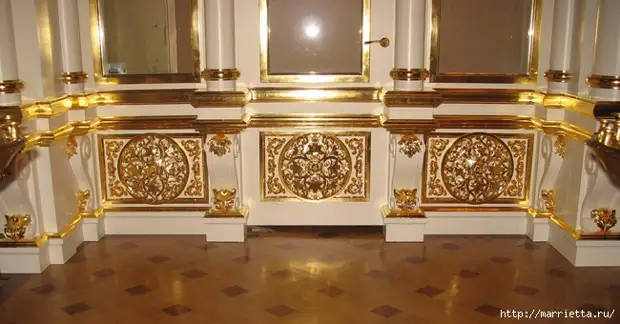
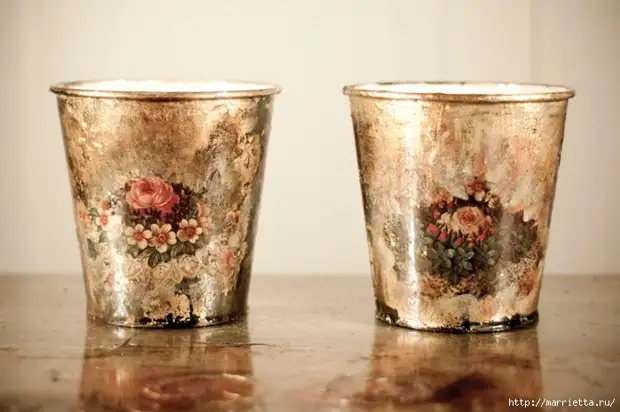
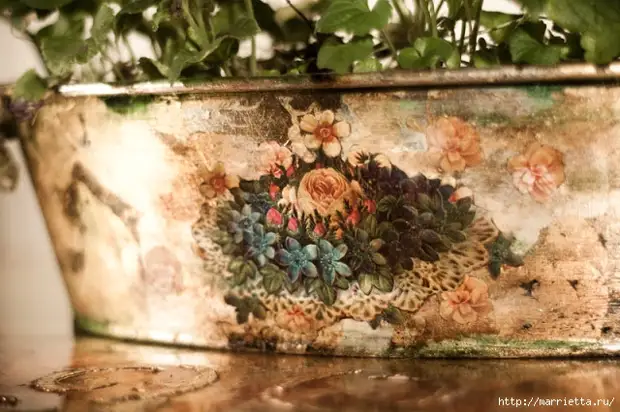
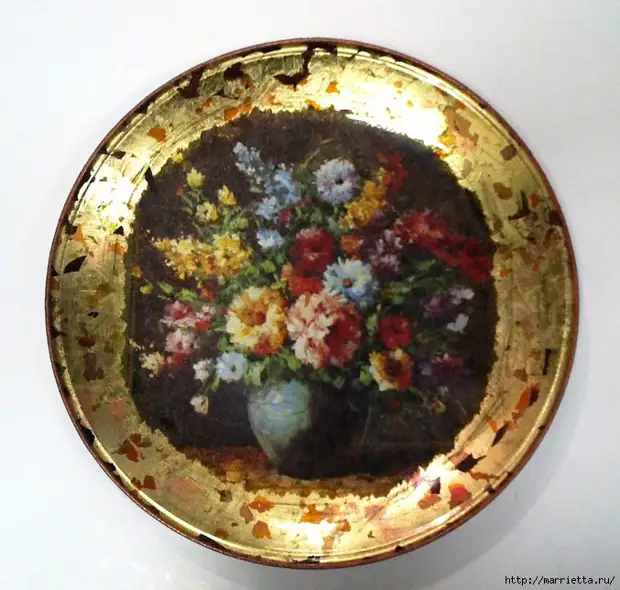
The author is Elena Carnukh.
A source
